
- 2 Comments
- PRMA Plastic Surgery
July 21, 2020
There is a common misconception that breast reconstruction is complete after one surgery. Although the idea of having optimal outcomes after only one surgery sounds great, unfortunately this is rarely a realistic expectation.
Implant Reconstruction
The most commonly performed method of implant reconstruction involves placing a tissue expander at the time of the mastectomy (or any time later). The tissue expander is then “filled” with either saline or air over time (typically about 3 months) until the breast skin is expanded to the patient’s ideal breast size.
The tissue expanders will then be removed, and a permanent implant will be placed during a second surgery.
Some patients are candidates for what is called “Direct-to-Implant” surgery. This is where the permanent implant is placed at the time of the mastectomy without the need for a tissue expander. Although this sounds ideal, it is not always possible to achieve optimal cosmetic outcomes in one surgery. In about 30% of Direct-to-Implant cases, an additional “revision” surgery is needed to achieve the best aesthetic results.
Natural Implant Alternative Reconstruction (AKA “Flaps”)
Natural implant alternative breast reconstruction options (knows as “flaps”) represent today’s ‘gold standard’ for reconstruction. Tissue from one area of the body (lower abdomen, thighs, buttock and/or back) are transplanted to the chest wall using microsurgery to recreate a warm, soft, natural breast following a mastectomy.
Regardless of the type of “flap” procedure performed, a second “revision” surgery is typically performed about 3 months later to optimize results.
Revision Surgery
The “revision” surgery mentioned above is also know as “stage 2” reconstruction. Whether the patient underwent implant or flap-based reconstruction, the revision surgery is typically performed about 3 months after the initial reconstructive procedure is designed to fine-tune the reconstructed breast(s) in order to improve the overall cosmetic appearance. The revision stage will differ depending on the initial type of reconstruction and the patient’s goals, but commonly includes scar revision and fat grafting.
Nipple Reconstruction/Tattooing
Patients whose nipples are removed during the mastectomy may also opt for nipple reconstruction as part of their breast reconstruction. This procedure can be performed during the “revision” surgery or at a later time due to medical necessity or choice.
Regardless of if nipple reconstruction is performed, nipple/areola tattooing is also an option for patients. Tattooing typically takes place about 3 months following the last surgical procedure performed.
In general, breast reconstruction typically requires 2-3 surgeries and/or procedures (including tattooing) over the course of about a year for optimal results regardless of which procedure a patient decides is best for their needs.
For a general snapshot of what to expect, we recommend reviewing our Breast Reconstruction Timeline.
Author: Dr. Minas Chrysopoulo and Courtney Floyd
Although the idea of having optimal outcomes after only one surgery sounds great, unfortunately this is rarely a realistic expectation.
Leave Comment

I am wondering if this surgery is covered by my insurance. I have Medicare and my supplement is Champ VA.
Vicki
July 21,2020

Great question Vicki!
If your insurance covered your breast cancer surgery, they are required by law to cover your breast reconstruction surgery.PRMA Plastic Surgery
July 21,2020
Sign Up for Our Monthly Newsletter
Continue Reading

Breast Reconstruction Surgery and Your Period
Breast Reconstruction Surgery and Your Period December 02, 2020 Share on Facebook Twitter Linkedin During our pre-operative appointment with patients, a topic that occasionally arises is menstrual cycles. It is completely normal for women to experience changes with their periods throughout breast cancer treatments. These can be temporary or permanent. Periods can be unpredictable following […]

What Bras and Abdominal Girdles to Wear After Breast Reconstruction Surgery
What Bras and Abdominal Girdles to Wear After Breast Reconstruction Surgery November 17, 2020 Share on Facebook Twitter Linkedin When preparing for breast reconstruction surgery, many patients want to know what types of bras and abdominal girdles they should plan to wear after surgery. Although every surgeon has slightly different preferences, we have put together […]

My 5 DIEP Flap Realities | A Guest Blog From Julie
My 5 DIEP Flap Realities October 28, 2020 Share on Facebook Twitter Linkedin Hi everyone, my name is Julie from It’s a Bosom Thing. I am so happy to be here as a guest blogger and have this opportunity to share with you a few thoughts about life after DIEP Flap Surgery. I was diagnosed […]
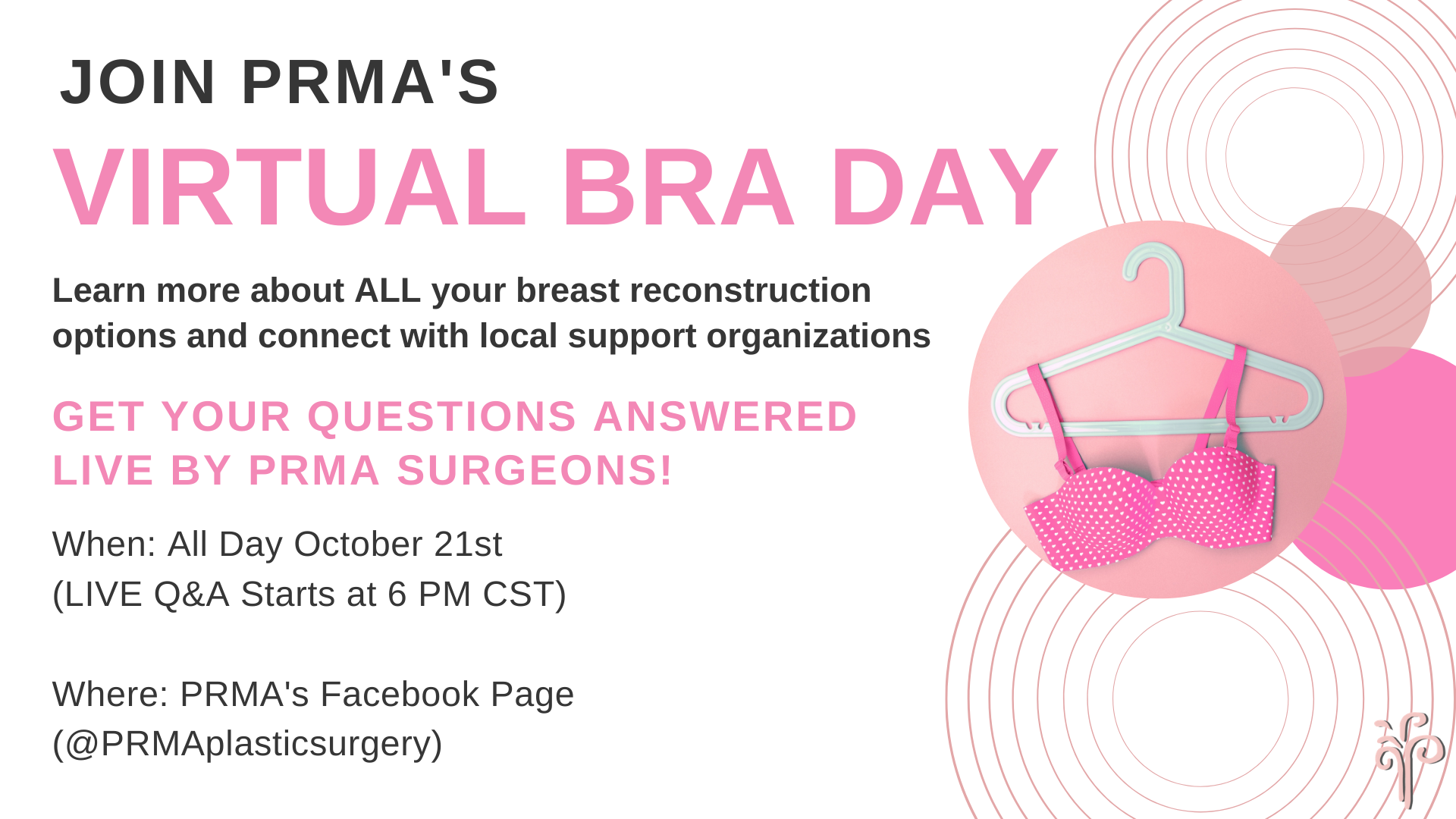
PRMA’s BRA Day Virtual Event Recap
PRMA’s BRA Day Virtual Event Recap September 08, 2020 Share on Facebook Twitter Linkedin Yesterday we celebrated Breast Reconstruction Awareness day! Although we missed seeing everyone in person this year, we were still able to spread education and awareness on ALL reconstructive options through our virtual efforts. We were also able to share information on […]
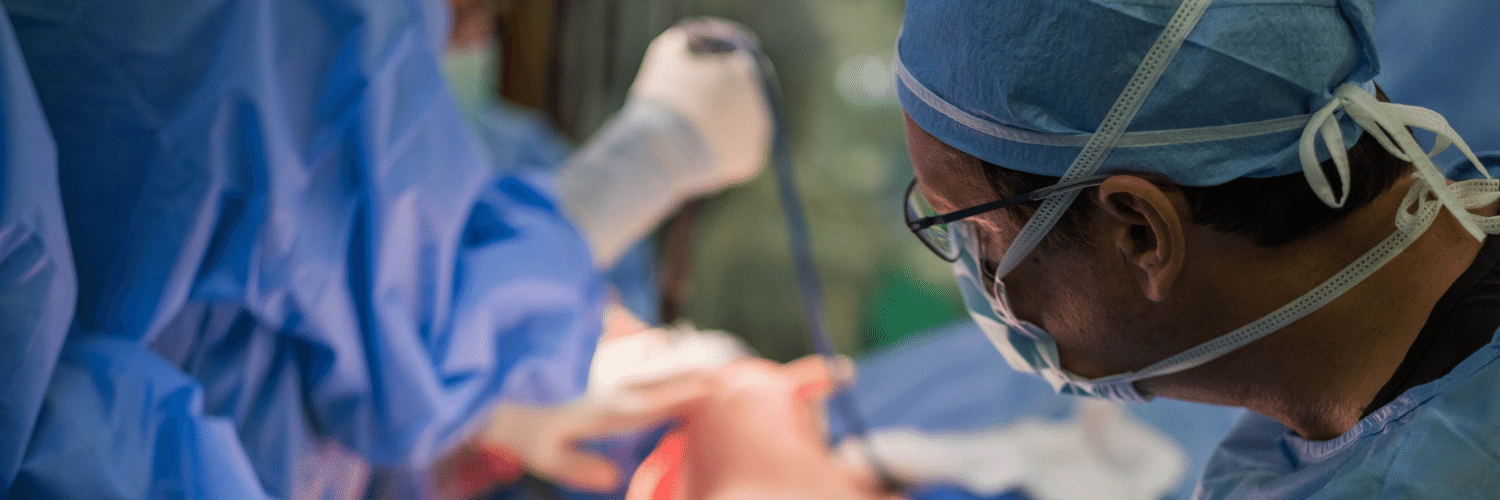
Second Stage DIEP Flap Surgery
Second Stage DIEP Flap Surgery September 08, 2020 Share on Facebook Twitter Linkedin DIEP flap breast reconstruction is typically comprised of at least two stages for the best outcomes. The second stage of surgery is commonly referred to as the “revision” stage and is usually performed about three months after the initial reconstruction. The purpose […]

If ‘Flaps’ Are Such A Great Breast Reconstruction Option, Why Doesn’t Everyone Get Them?
If ‘Flaps’ Are Such A Great Breast Reconstruction Option, Why Doesn’t Everyone Get Them? September 08, 2020 Share on Facebook Twitter Linkedin Flap-based breast reconstruction procedures, like the DIEP flap, offer patients a safe, natural implant-alternative option to reconstruction after a mastectomy. Flap surgeries are permanent and are associated with fewer complications after radiation when […]
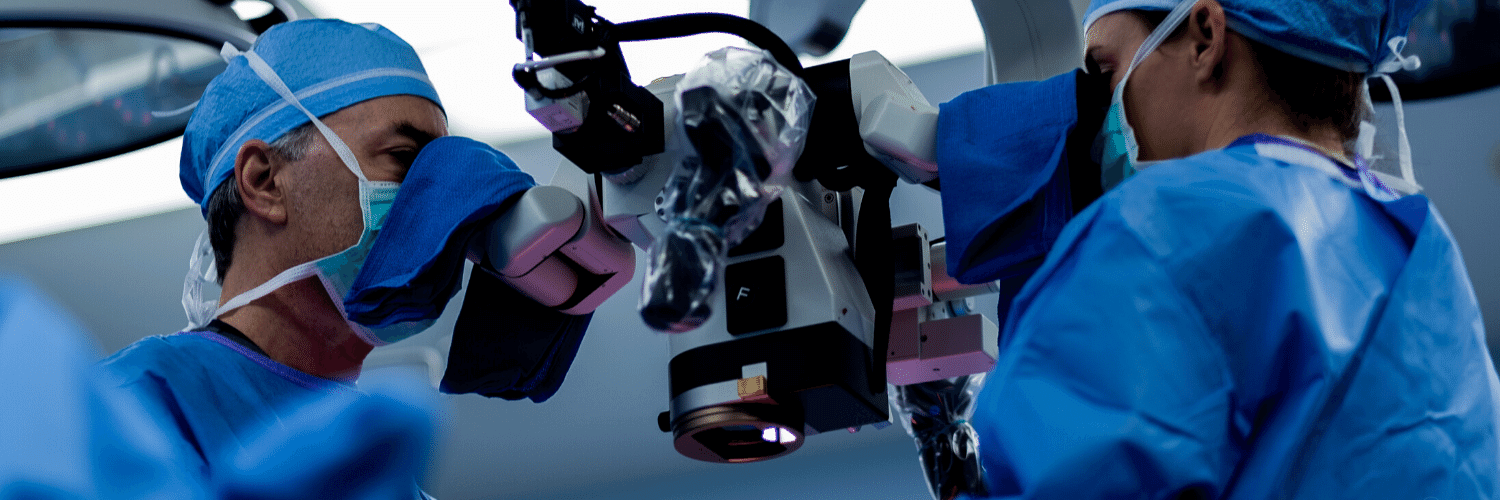
What is a Skin Island and How is it Used in Breast Reconstruction?
What is a Skin Island and How is it Used in Breast Reconstruction? September 08, 2020 Share on Facebook Twitter Linkedin What is a “skin island”? The term “skin island” is used to describe the remaining visible skin from a transplanted “flap” of tissue. In the setting of DIEP flap breast reconstruction, the skin island […]
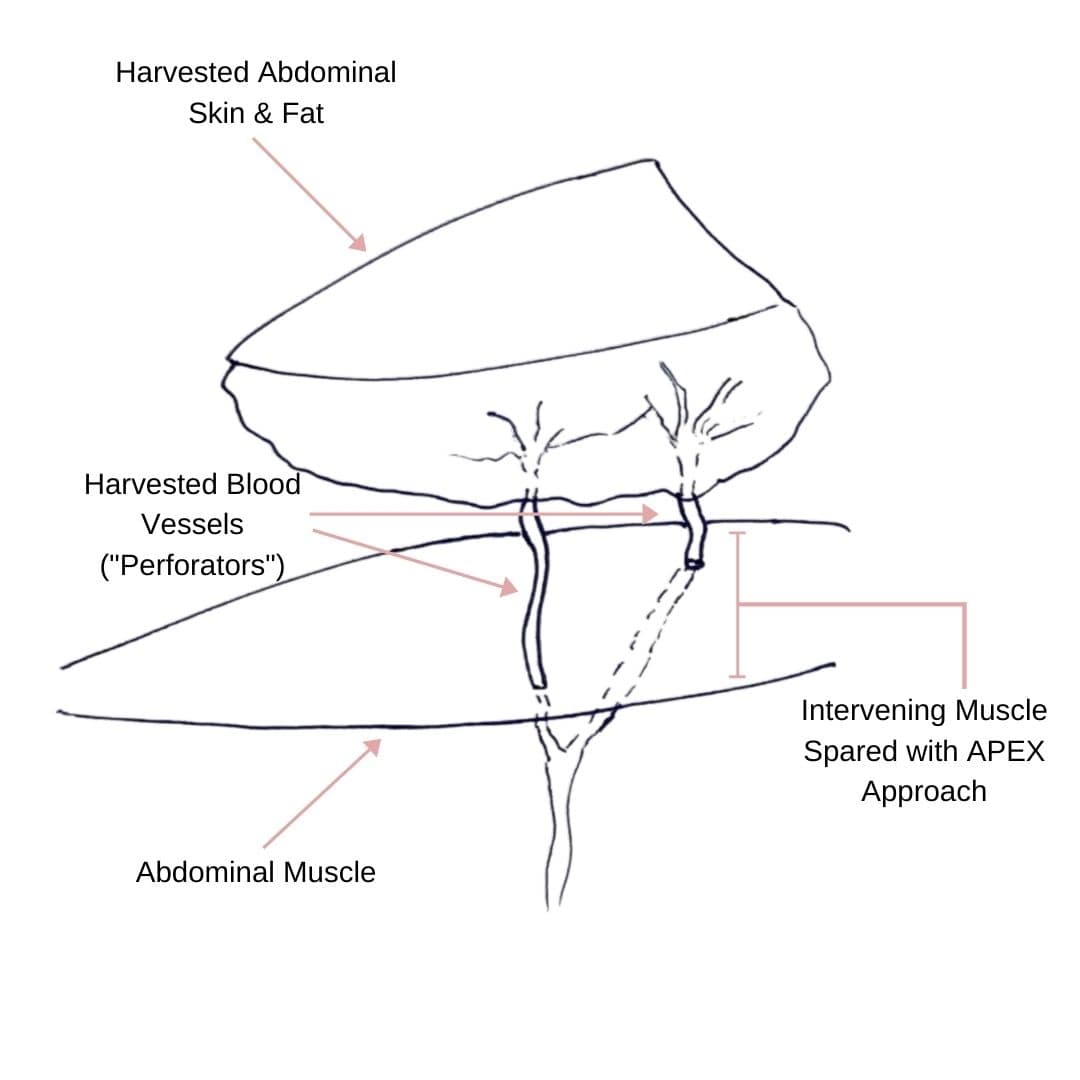
Comparing APEX Flap and DIEP Flap Breast Reconstruction
Comparing APEX Flap and DIEP Flap Breast Reconstruction August 10, 2020 Share on Facebook Twitter Linkedin We have been receiving numerous inquiries about the “APEX flap” recently. Patients want to know what it is and how it differs from the DIEP flap. APEX is an acronym that stands for “Abdominal Perforator Exchange”. Many patients believe […]
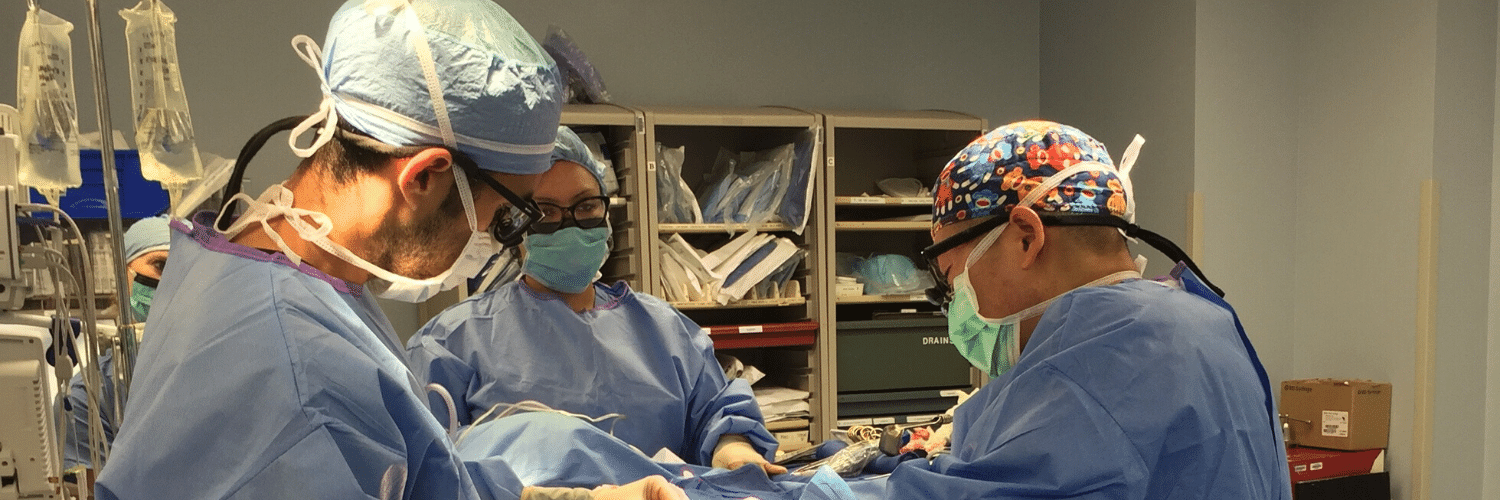
Monitoring the Health of Your Flap During & After Surgery
Monitoring the Health of Your Flap During & After Surgery July 21, 2020 Share on Facebook Twitter Linkedin Autologous flap (or tissue) breast reconstruction procedures represent today’s most advanced options for rebuilding a breast(s) following mastectomy. The most commonly performed method of flap-based reconstruction at PRMA is the DIEP flap. During this procedure, surgeons transplant skin […]
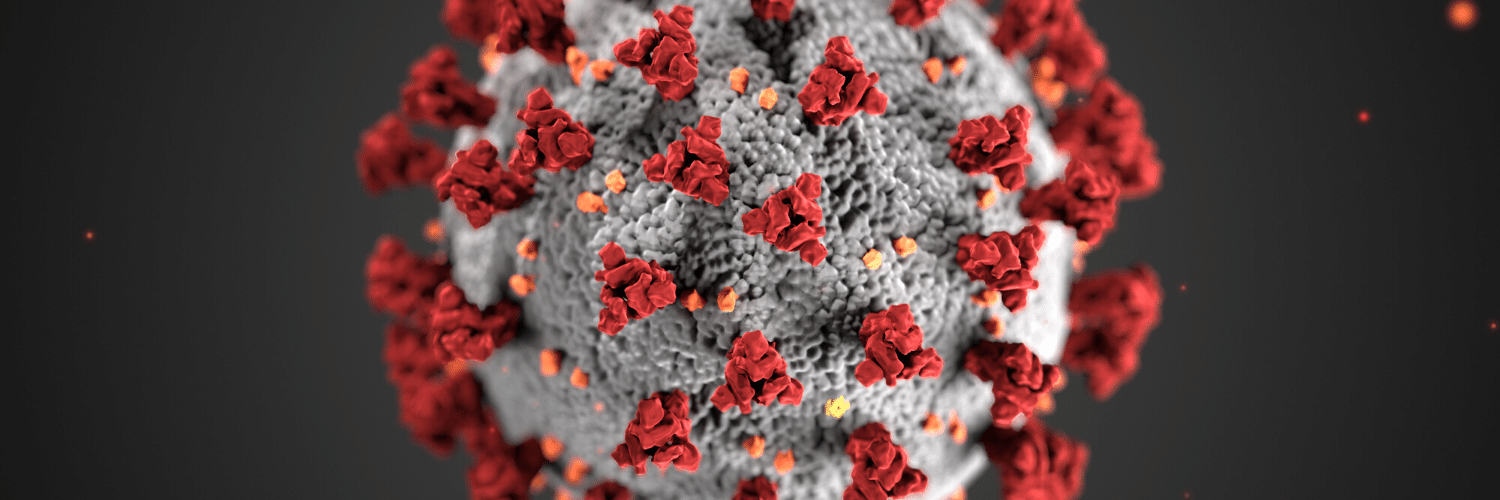
COVID-19 and the Impact on Cancer Patient’s Mortality
COVID-19 and the Impact on Cancer Patient’s Mortality July 21, 2020 Share on Facebook Twitter Linkedin There is still so much we do not know about COVID-19. Likewise, there is little known about how this disease impacts mortality for cancer patients. A study published in The Lancet evaluated and characterized the outcomes of patients with cancer […]
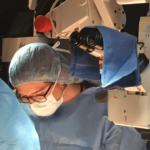
Major Milestone at PRMA - 81 DIEP Flaps Performed in October
Can You Get Breast Cancer in a Reconstructed Breast?

Vicki
I am wondering if this surgery is covered by my insurance. I have Medicare and my supplement is Champ VA.
PRMA Plastic Surgery
Great question Vicki!
If your insurance covered your breast cancer surgery, they are required by law to cover your breast reconstruction surgery.